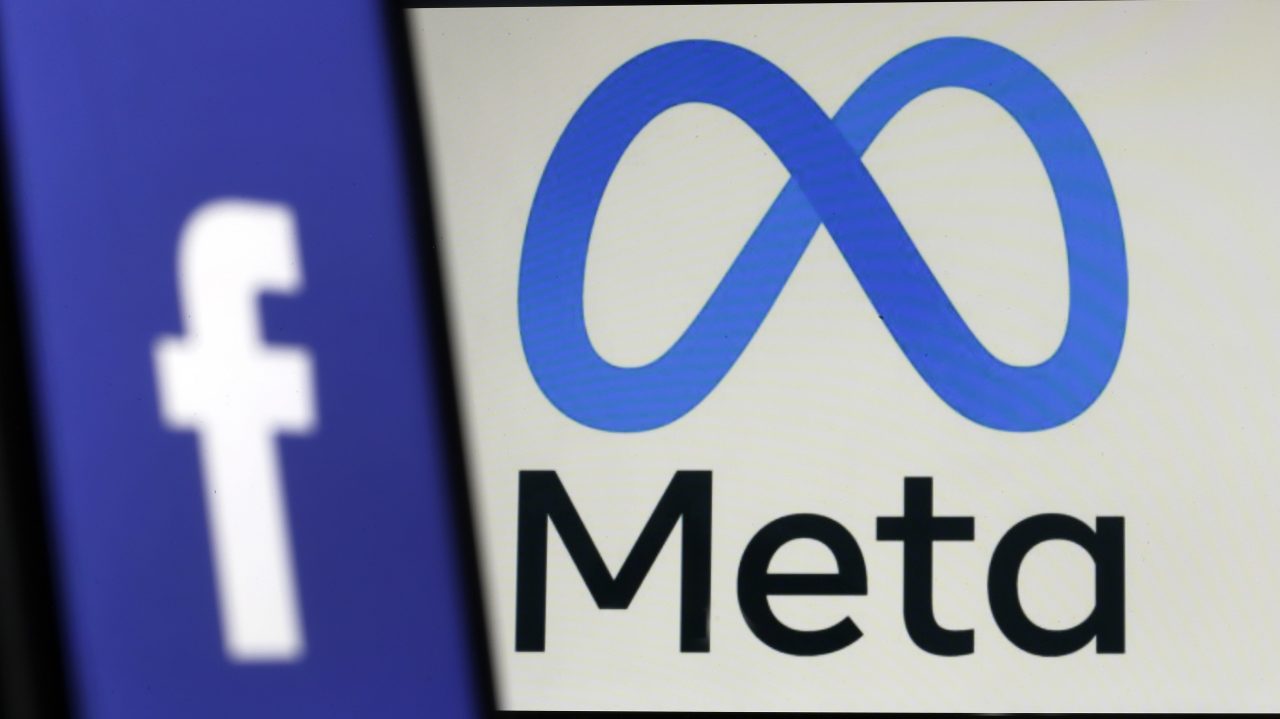In a rapidly evolving digital landscape colored by the rise of artificial intelligence, Meta has taken significant strides to address the challenges posed by AI-generated content. As we venture further into 2024, a packed year for global elections, the social media giant is rolling out an expanded labeling system for AI-generated imagery. This move not only highlights awareness towards misinformation but also reflects a shift in how social media platforms interact with AI technologies.
The Expanded Labeling Initiative
Meta recently announced its initiative to extend labels for AI-generated images on popular platforms like Facebook, Instagram, and Threads. This is a noteworthy step, as it includes synthetic media created using generative AI tools from competing companies—not just its own. By detecting “industry standard indicators,” Meta is positioning itself to identify a broader range of AI-generated content that flows through its networks.
Why Now? The Electoral Context
The timing of this initiative is crucial, given the hefty electoral calendar worldwide. With various high-stakes elections on the horizon, the potential for AI-generated disinformation poses a significant threat to informed voter behavior. Meta’s decision to implement expanded labeling will help clarify what is genuine and what is generated by AI, aiding users in making informed decisions. According to Nick Clegg, Meta’s president, this system aims not just to label but also to enhance transparency around how users create and share content.
Challenges in Detection
While Meta continues to innovate, it acknowledges the complex landscape of detecting AI-generated content, especially when it comes to video and audio. Clegg emphasized that current technologies do not yet allow for consistent detection of these media types, revealing the challenges in ensuring transparency. He noted the ongoing efforts to develop classifiers that could automatically detect such content regardless of embedded markers.
Engaging with Industry Standards
Cooperation seems to be key in this endeavor. Meta is working alongside various AI companies to establish common technical standards that will govern how AI-generated content is labeled. The goal is not to compete, but to ensure a uniform approach across different platforms that can ultimately benefit consumers globally.
Implications for Users and Creators
The labeling system poses important implications for both users and content creators in the digital space:
- For Users: The expanded labels will offer better visibility into the nature of the content they encounter, giving them tools to navigate truth in the ever-challenging space of digital information.
- For Creators: Those who share AI-generated media may need to disclose this explicitly, ensuring they adhere to community guidelines. Non-compliance could face repercussions, such as account suspension.
Final Thoughts
As Meta steps into an era where artificial intelligence increasingly interlinks with social media, its commitment to labeling AI-generated content is a monumental shift toward transparency. This initiative is expected to evolve throughout the year in response to emerging insights about users’ interactions with AI content. Whether this move significantly curtails misinformation spread, remains to be seen, but it undoubtedly sets a precedent for accountability in the digital space.
At fxis.ai, we believe that such advancements are crucial for the future of AI, as they enable more comprehensive and effective solutions. Our team is continually exploring new methodologies to push the envelope in artificial intelligence, ensuring that our clients benefit from the latest technological innovations. For more insights, updates, or to collaborate on AI development projects, stay connected with fxis.ai.

